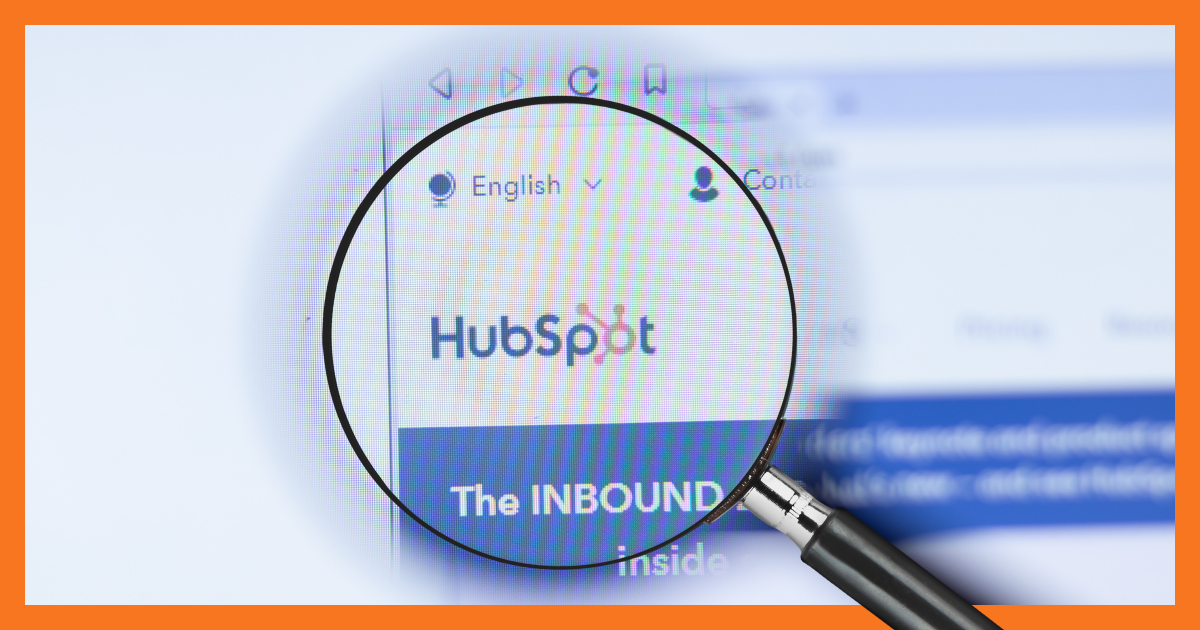Google’s Latest Update Pushes Us Into an AI-First SEO World
Every year we brace for Google updates, but the November 2025 rollout was different. It didn’t just adjust rankings or shuffle winners and losers. It...
3 min read
 William McCulley
:
Apr 16, 2025 9:15:00 AM
William McCulley
:
Apr 16, 2025 9:15:00 AM

Listen and Learn On The Go
When I first started using HubSpot, I knew SEO was important—but I didn’t fully understand how to structure my content to actually rank. I was writing blogs, optimizing headlines, and checking boxes in the SEO panel... but the results were inconsistent at best.
That’s when I discovered the power of pillar topics and subtopics.
HubSpot’s content strategy tool is built around this concept, and once I learned how to use it the right way, my traffic started climbing—and more importantly, the right people were finding my content.
If you’re using HubSpot and want to boost your SEO, this approach might be exactly what you’re missing.
 What Are Pillar Topics and SubTopics?
What Are Pillar Topics and SubTopics?Think of a pillar topic as the main highway. It’s a broad, high-volume topic that your audience cares about—something like “email marketing” or “small business accounting.”
Subtopics are the exits off that highway. They’re more specific articles that dive into one aspect of the pillar—for example, “how to write a welcome email sequence” or “best accounting software for freelancers.”
I like to think of the main pillar being a tree trunk, and all the branches are the subtopics leading to the main core topic.
HubSpot’s SEO tool is designed to help you build this structure, connect your content with internal links, and signal to Google that you’ve created a comprehensive resource on a subject.
Search engines are always trying to figure out who’s the authority on any given topic. When your site has one detailed page covering a broad topic (your pillar), plus a network of related articles (your subtopics) all linking together, Google sees you as the expert.
Inside HubSpot, this structure is called a topic cluster—and it’s one of the smartest ways to organize your content.
I use this model to:
Plan future content
Avoid keyword cannibalization
Improve internal linking
Rank higher, faster
And because everything lives in HubSpot, I can track performance, optimize underperforming posts, and update clusters as search intent shifts.
Here’s a simple version of the process I follow every time:
I start with something broad but relevant to my audience. This becomes my pillar page—a long-form piece (often a guide or overview) that covers the topic in depth.
If you're a marketing agency, your pillar might be "digital advertising." If you're in SaaS, maybe it's "customer onboarding."
Next, I use HubSpot’s Content Strategy tool to identify long-tail keywords and related questions. These become blog posts or landing pages that dive into one slice of the pillar.
Each subtopic links to the pillar page, and the pillar links back out to each subtopic. HubSpot makes this easy with visual topic maps that show how everything connects.
Once the cluster is live, I track performance inside HubSpot. I’ll update titles, refresh content, or even add new subtopics if I see opportunities.
 Real Talk: This Isn’t a Quick Win
Real Talk: This Isn’t a Quick WinI won’t lie—this takes time. Building pillar content is a long game. But I’ve seen it work across industries, and it’s one of the most sustainable ways to grow traffic and leads without relying on paid ads.
Plus, once it’s set up, it’s easier to scale your content strategy. You’re not guessing what to write next—you’re building out a topic cluster that’s strategically aligned with what your audience is searching for.
One mistake I made early on was forgetting to actually link my content together. HubSpot’s SEO tool shows you where to add links, but it’s still up to you to create a strong web of internal connections. This step makes a huge difference for both search engines and your readers.
If you’re already using HubSpot, you’ve got a serious SEO advantage—you just need to use the tools the right way. Pillar topics and subtopics are more than just a content trend. They’re how you show Google (and your readers) that you know your stuff.
Start with one cluster. Build it out. Track it. And over time, you’ll see the results stack up.
You don’t have to guess your way through SEO—or waste time creating content that doesn’t perform. Whether you're just getting started with HubSpot or need help refining your strategy, we’ll help you build a content plan that drives real traffic and leads.
Let’s build your pillar strategy together.
Book a free strategy call.

Every year we brace for Google updates, but the November 2025 rollout was different. It didn’t just adjust rankings or shuffle winners and losers. It...

You’re driving traffic to your website, maybe even paying for ads, boosting posts, or grinding out SEO. But let’s be honest… if visitors are landing...

You’ve probably been there before… You launch a new landing page.You tweak a headline.You try a different image in your ad. And then you wait. You ...
.png)
You’ve spent years building content, optimizing for Google, earning backlinks, and refining your technical SEO. But there’s a new battleground...

Every growing business faces the same challenge: how to keep customers happy while scaling operations. If you’re a business owner or marketer, you...

If your website looks great but isn’t converting, your user experience might be the problem. Here’s how to fix it—without a full redesign. Your...